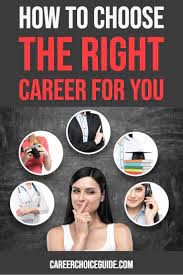Porcelli: The Other Side of Education (2/2)
CTE Shop Class: NOW – IT’S HIGH-TECH
Consider all career options
By Mike Porcelli

To the question: “What do you want to be when you grow up?” – consider this: it is always best to weigh every option available in terms of your own personal characteristics. Do not just rely on advice from the “experts,” who don’t really understand you.
The “college is the best path for everyone” concept, created and perpetuated by school counselors and administrators, who were themselves indoctrinated by their own college experiences, is based on several myths that have led generations of students into costly college programs that did not work to develop their maximum potential – leaving them in debt, without valuable job skills.
These education professionals generally have little or no experience with the abilities and earning capabilities of skilled trade workers. For the most part, they themselves have no trade skills and have little appreciation for those who possess them. If their career views are so essentially biased, how can they then give effective career advice?
The primary myth about college grads earning more than those without degrees is based on the classic faulty method of comparing apples and oranges. It compares “average” earnings of various careers, but that technique yields a highly inaccurate picture of occupational salary differentials.
A more accurate evaluation of salary data would compare earnings of people with similar levels of training in various jobs. For example, the average worker with a masters degree will usually earn less than a highly skilled trade worker with a comparable, less costly, level of technical training.
Last week, we reported that the average skilled trade worker in New York City earns more than the average Ph.D professional. Additional research shows that, on an hourly basis, academics with Ph.D’s earn near the minimum wage, while the earnings of Ph.D’s in private industry are about equal to the salaries of similarly credentialed skilled trade workers. This will come as a big surprise to those who have been inculcated with the “college is the only path to career success” myth.
Accurate earnings potential research is essential. But remember, money is not the only factor to consider in career selection. Compatibility of abilities and interests with careers, must be the primary factors considered.
To better understand the intricacies of career selection, try Googling this: “trade-school-college-statistics.” The search will yield many informative sites. One of the most useful is: https://financesonline.com/trade-school-college-statistics/
Career counselors: Examine the information on this and similar sites, before giving advice to students.
Students: Do the same, as if your future success depends on it – it will!
Make informed career decisions!

Academic & Trade Education are Two Sides of a Coin. This column explores the impact of CTE programs on students, society, and the economy.
Mike Porcelli: life-long mechanic, adjunct professor, and host of Autolab Radio, is committed to restoring trade education in schools before it’s too late. https://www.linkedin.com/in/mike-porcelli-master-mechanic-allasecerts/









